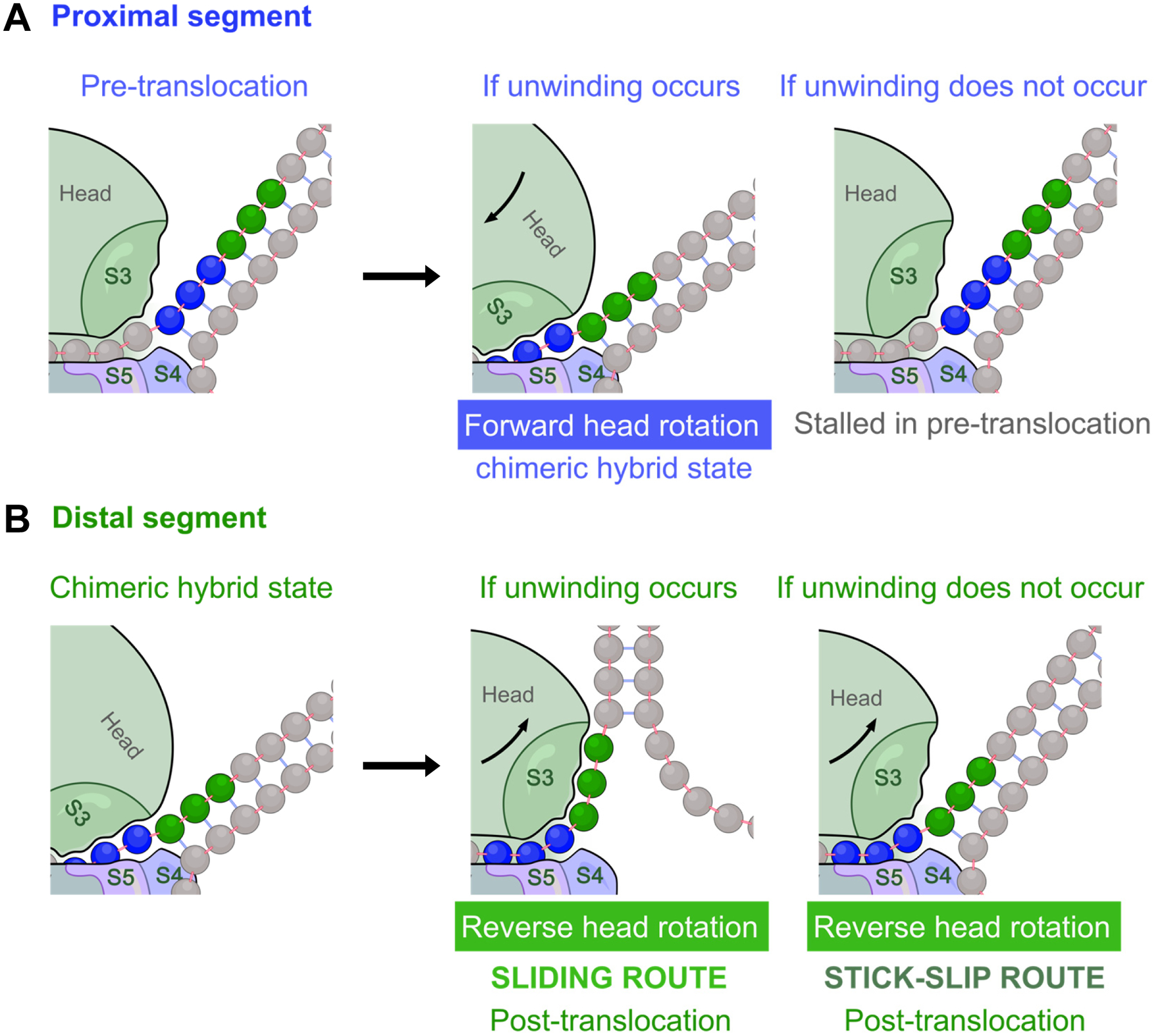Fig. 3. Fate of translocation upon encountering a duplex.

A and B. Cartoons showing encounters between downstream helical mRNA elements and the proximal active site (in A) or distal active site (in B). For each active site, the starting state (left panel), and the outcome with and without unwinding (middle and right panels, respectively) are shown. A. At the proximal active site, translocation (by forward head rotation) can proceed only if the proximal segment (blue) unwinds spontaneously. If unwinding does not occur, the ribosome will remain stalled in the pre-translocation state. B. At the distal active site, if unwinding of the distal segment (green) occurs, S3 can slide over the unwound segment during reverse head rotation. If no unwinding occurs, the distal segment can still “slip” through this active site during reverse head rotation, resulting in loss of S3-mRNA binding. Either of these scenarios (sliding or stick-slip) at the distal active site successfully translocates mRNA by 3 nucleotides and arrives at the post-translocation state.
